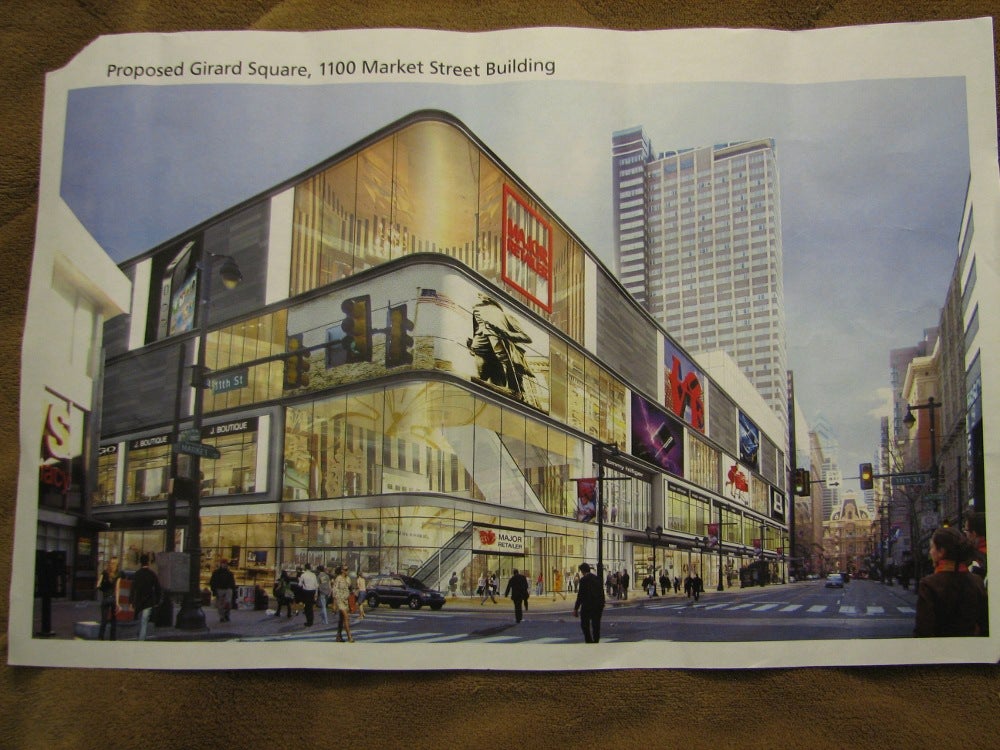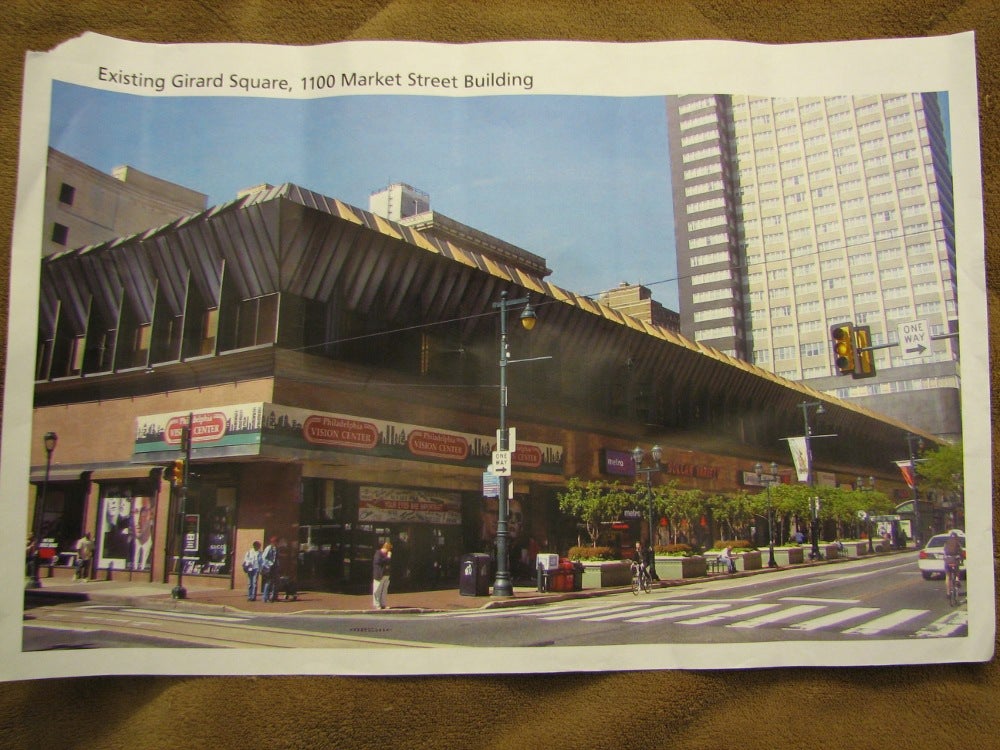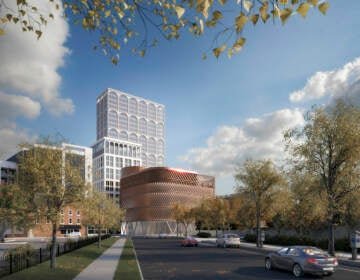East Market Street takes a step toward glitzy
East Market Street is one step closer to glitzy.
But there is sharp division over the potential impact of the legislation. Would the creation of a commercial advertising district, where larger, flashier billboards drive an investment in tired buildings, encourage development between 7th and 13th streets or detract from the city’s historical assets?
City Council’s Rules Committee passed the legislation on to full council unanimously Tuesday after hearing many opinions on both sides.
Deputy Mayor for Economic Development and planning commission chairman Alan Greenberger has always liked the concept behind First District Councilman Frank DiCicco’s proposal. DiCicco’s recent amendment won Greenberger’s support.
Greenberger called the creation of the advertising district and the use of large-format signs “redevelopment tools.”
“Part or all of the revenue generated from these signs would be required to go into major improvements to the publicly visible portions of these properties,” he said.
While Market Street is historically the center of commercial activity in the city, it has lagged in recent decades. The Convention Center, a proposal to redevelop the Gallery and other projects have primed the pump for a rebirth, he said. And this could help.
Many of the buildings in the corridor are poorly maintained, while others are in fine shape, but “offer little quality life to the street.”
The bill is a creative solution to the problem, Greenberger said, because it would allow buildings that meet conditions including frontage and occupancy requirements to install large, non-accessory signs. “In exchange, the owners of the building must invest a minimum of $10 million in the property that materially improves the facade or exterior of the property in a manner that has a material public benefit,” he said. “Through the revenues generated by large format signs, property owners in the area will be able to make key investments in the exterior appearance of their properties.”
One such proposal was presented to the committee by Pete Soens of SSH Real Estate, developer of Girard Estates. Soens showed the existing conditions of the 1100 Market Street Building and the proposed Girard Square. The proposed building is taller and rectangular, with many windows and many digital images. DiCicco said the proposal is that the upper floors would be inhabited by a Target retail store.
“Without the signage district’s help, this will not be a reality,” Soens told the committee.
“It’s pretty phenomenal,” said Councilman-at-Large James Kenney, who chairs the committee. He said the rendering showed how bright the area could be, and he thought that would make people feel safer.
Not everyone was enamored.
City resident Ursula Reed, a leader in the successful effort to establish the Washington-Rochambeau Revolutionary Route historic trail, said that the proposal could damage the historical character of the area, and that’s what keeps people coming to Philadelphia. “History is Philadelphia’s brand,” she said. “Let folks go elsewhere for glitz.”
Steven Weixler, president of Society Hill Civic Association, said that people come to see Philadelphia’s history in the daytime, and so the lights and flash of the signs that would be allowed under the proposed ordinance – which he said would shine into people’s homes – wouldn’t be seen by most visitors.
At night when the lights are visible, there’s no one on Market Street, he said.
That, DiCicco said, is exactly the point. The ability to have the glitzy signs would attract new businesses, he said, and those businesses would bring people.
City Council can vote on the ordinance as soon as its June 16 meeting.
Contact the reporter at kgates@planphilly.com.
WHYY is your source for fact-based, in-depth journalism and information. As a nonprofit organization, we rely on financial support from readers like you. Please give today.






